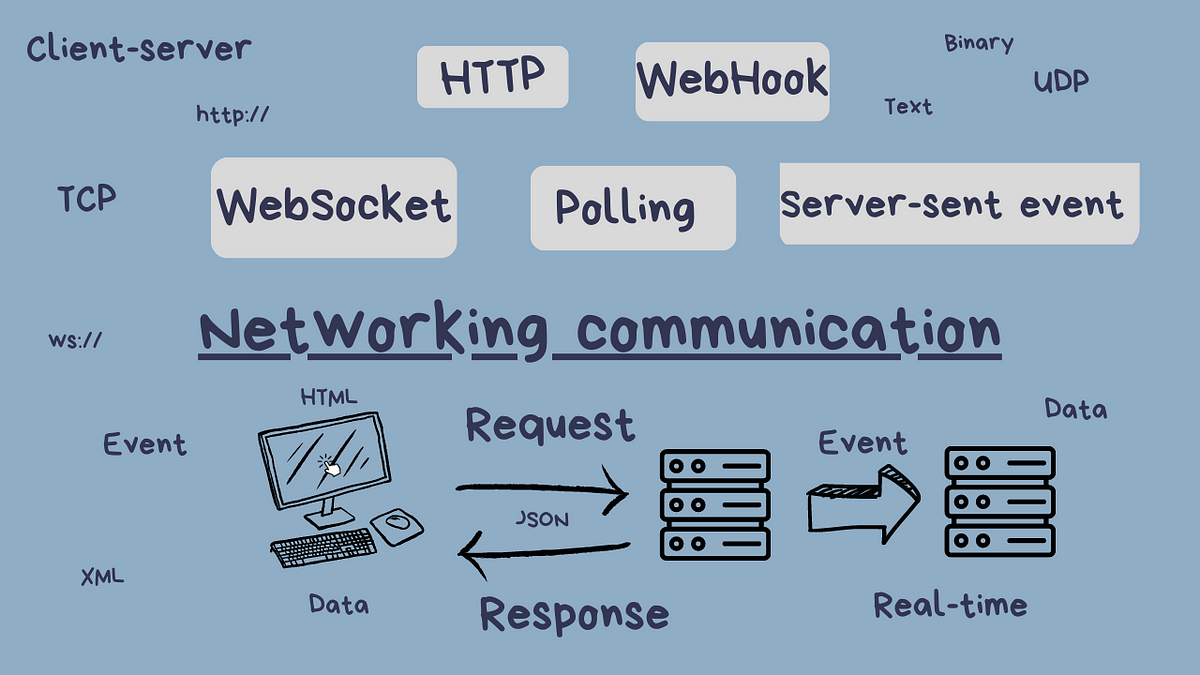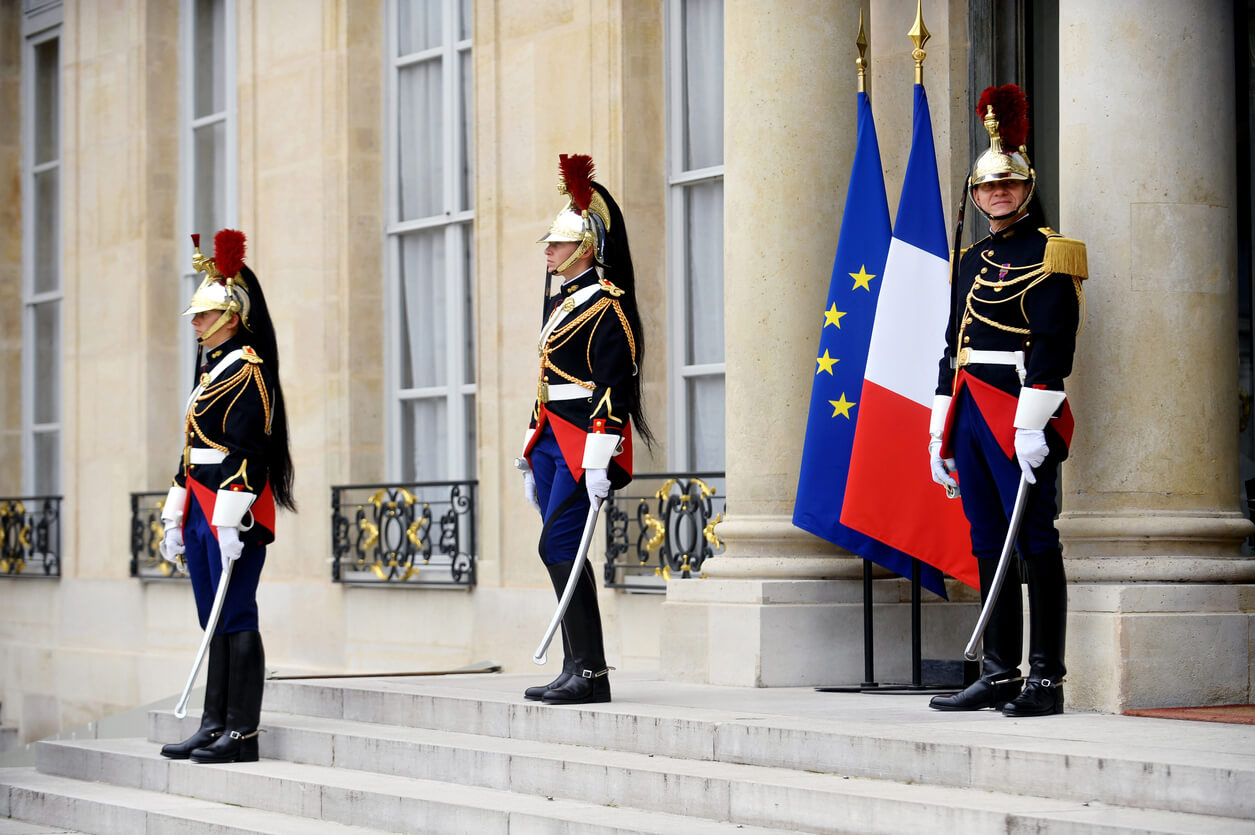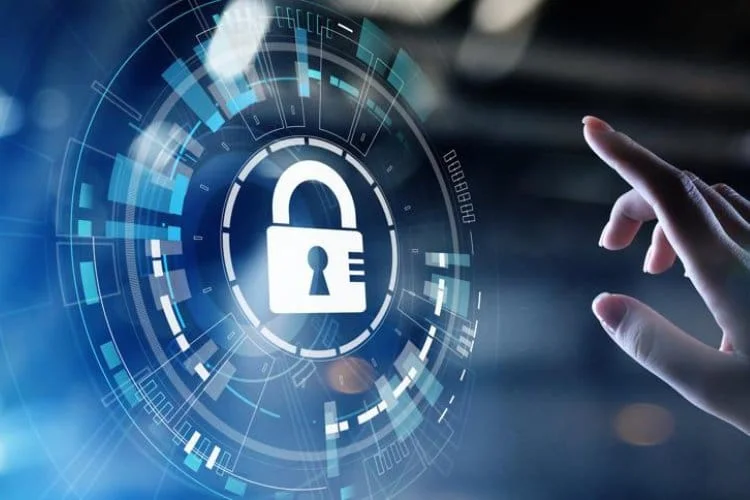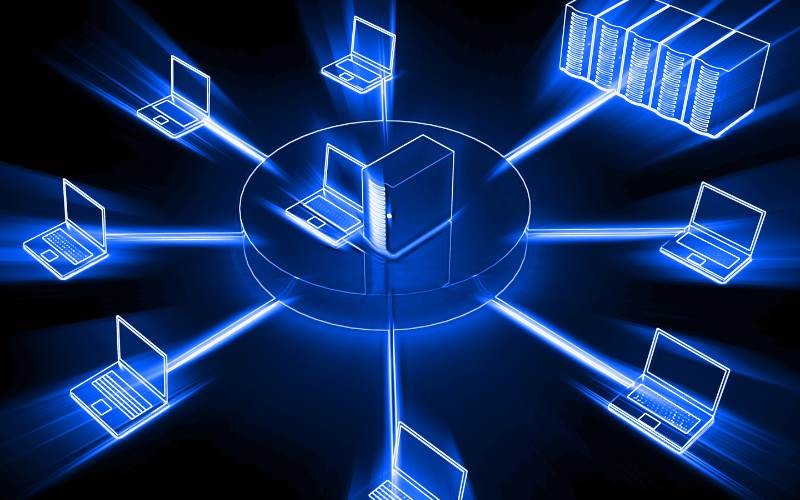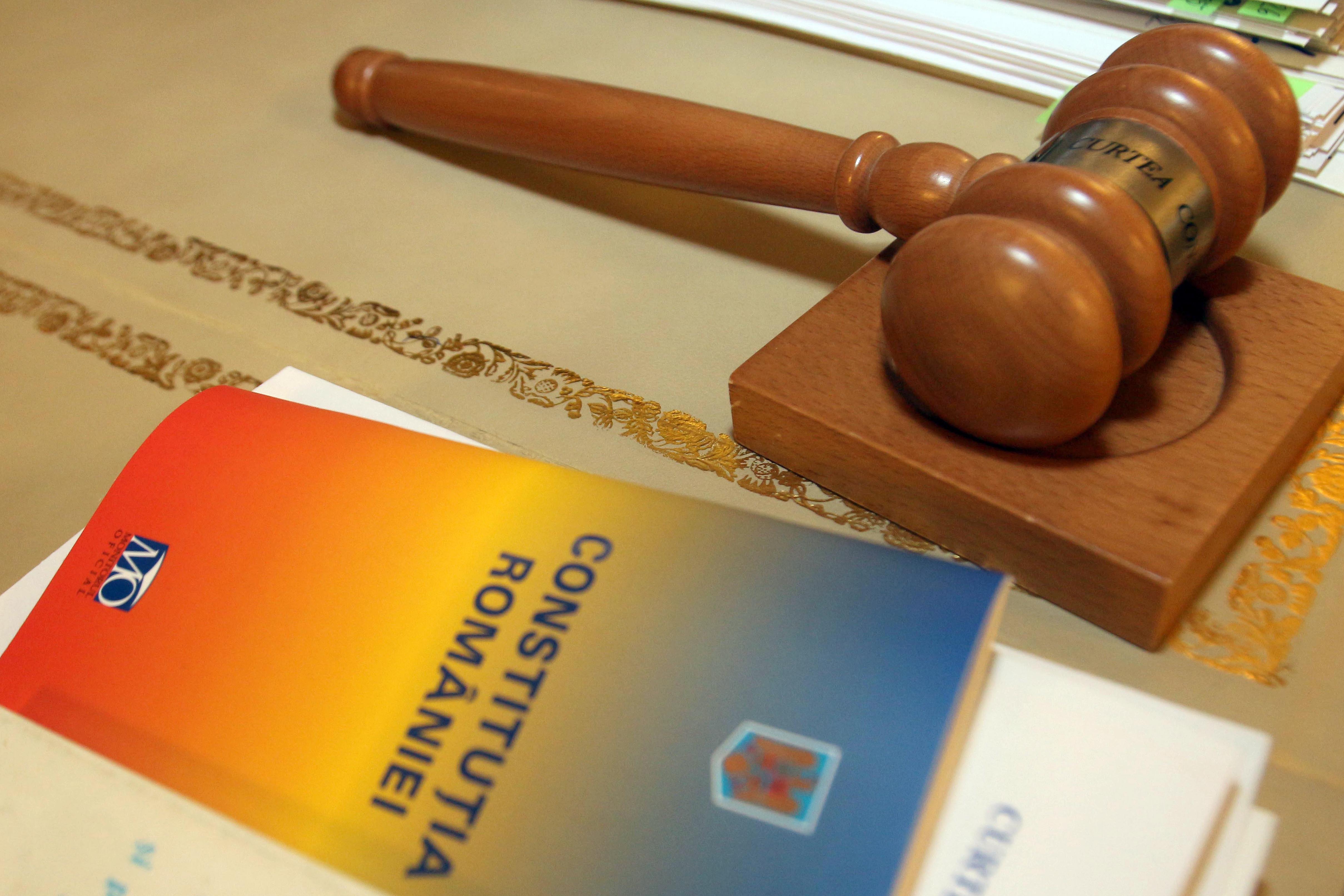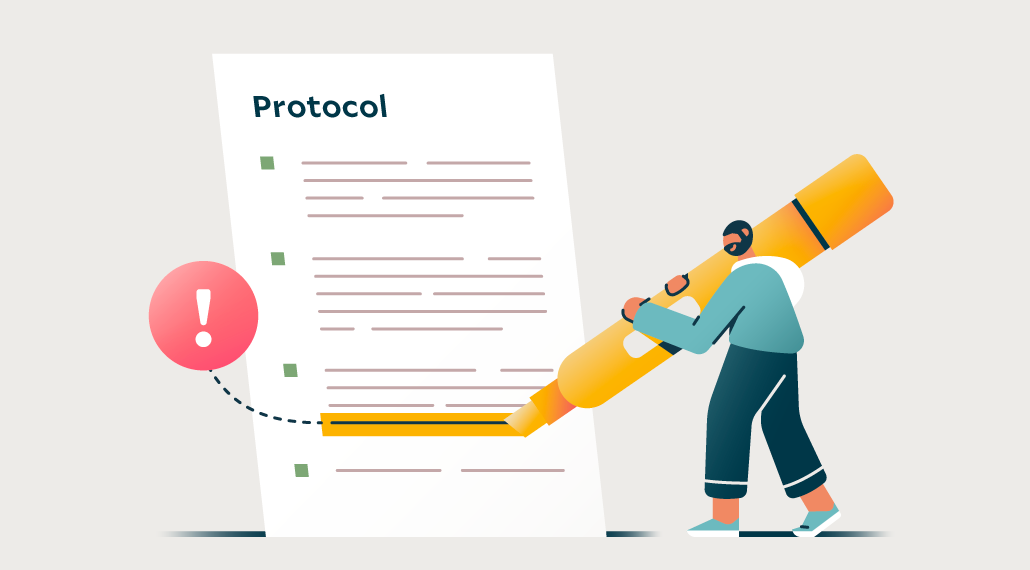Foundations of Protocol
Protocols are essentially agreed-upon guidelines or rules that help ensure smooth interactions and communication between different parties. Think of them as the social etiquette of various activities. For example, in a formal dinner setting, there are protocols for how to set the table, how to serve food, and how to behave. Similarly, in diplomacy, there are protocols for how countries interact with each other, including how to address leaders and conduct negotiations. These protocols help maintain order, prevent misunderstandings, and ensure that everyone knows what to expect in different situations. By following protocols, people can interact more effectively and harmoniously, whether in social, professional, or international contexts.
Examples include:
- Internet protocols like HTTP and FTP
- Social protocols like greetings and etiquette
- Scientific protocols in experiments and clinical trials
- Security protocols like SSL/TLS and encryption standards
- Communication protocols like TCP/IP and MQTT
- Legal protocols like courtroom procedures
- Medical protocols for patient treatment
- Gaming protocols for multiplayer synchronization
- Industrial protocols like MODBUS and OPC-UA
- Robotics protocols for inter-device communication
- Negotiation protocols in business deals
- Artistic protocols in creative collaborations
My Personal Take
To me, protocols represent structure and clarity. They provide a framework for interactions and activities, guiding behavior and expectations. Without protocols, chaos can ensue, as people may not know how to act or what to expect. By following protocols, we can navigate different situations with confidence and ensure that everyone is on the same page. Protocols help create order and harmony in a world that can sometimes feel chaotic and unpredictable.
Imagine a World Without Protocols
Imagine a world where protocols don't exist:
- Planes fly without communication, leading to chaos in the skies. Pilots have no way to coordinate with air traffic control or other aircraft, resulting in dangerous situations and potential collisions.
- Computers transfer data with no agreed language, resulting in corrupted information. Without common "languages" like HTTP, FTP, or TCP/IP, data becomes unreadable. Websites fail to load, emails never reach their destinations, and online transactions become impossible.
- People communicate with random gestures, causing misunderstandings and confusion. Without social protocols, greetings, manners, and etiquette are abandoned, leading to discomfort in everyday interactions.
- Scientific research is conducted without standardized protocols. Researchers follow different methods and procedures, making it impossible to replicate results or compare findings. The lack of consistency and reliability in scientific studies hinders progress and innovation.
- Countries interact without any established protocols. Diplomatic negotiations become chaotic and unproductive, as there are no agreed-upon rules for communication and conduct. International relations deteriorate, leading to increased tensions and conflicts between nations.
Without protocols, the world becomes a noisy and disorderly place, where effective communication and coordination are impossible.
